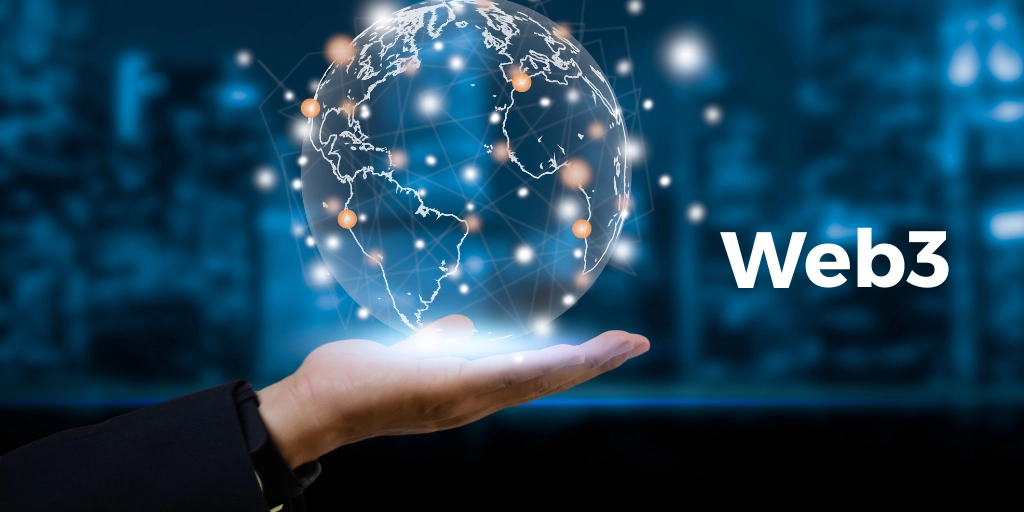
Introduction to Web3: What Is It and Why Does It Mater
What is Web3?
Web3, also known as the decentralized web or the blockchain web, is a term used to describe the next generation of the internet. It represents a shift away from the centralized, controlled systems of Web2 towards a more open and decentralized network. Built on blockchain technology, Web3 enables the creation of decentralized applications (dapps) that run on a peer-to-peer network.
Why does Web3 matter?
Web3 provides several key benefits that could have a significant impact on our lives. Firstly, it gives users greater control over their data by allowing them to interact directly with each other without the need for intermediaries. Secondly, it enables true digital ownership through the use of non-fungible tokens (NFTs), allowing creators to monetize their work and collectors to invest in digital assets. Thirdly, it has the potential to revolutionize finance by enabling peer-to-peer transactions without the need for traditional financial institutions.
Beter control over our data
In the current Web2 model, large corporations such as Google and Facebook control much of our online activity and collect vast amounts of data about us. With Web3, users have more control over their data and can choose who they share it with. This provides greater privacy and security for users.
True digital ownership
One of the key features of Web3 is its ability to enable true digital ownership. With the use of non-fungible tokens (NFTs), users can own unique digital assets such as art, music, and even virtual real estate. This opens up new possibilities for creators to monetize their work and for collectors to invest in digital assets.
Increased access to financial services
Web3 has the potential to increase access to financial services through decentralized finance (DeFi). By enabling peer-to-peer transactions without the need for traditional financial institutions, DeFi can provide greater access to financial services for those who are currently underserved by traditional banking systems.
New forms of governance
In addition to these benefits, Web3 also has the potential to create new forms of governance and decision-making. Decentralized autonomous organizations (DAOs) allow for collective decision-making on a peer-to-peer basis without the need for traditional hierarchies. This could lead to more democratic and transparent systems of governance.
New forms of social interaction
Web3 also has the potential to create new forms of social interaction. Decentralized social networks allow users to connect with each other directly without the need for intermediaries such as Facebook or Twitter. This could lead to more open and authentic forms of communication.
Conclusion
In conclusion, Web3 represents a significant shift in the way we interact with the internet. It provides greater control over our data, enables true digital ownership, increases access to financial services, and has the potential to create new forms of governance and social interaction. As this technology continues to develop, it will be interesting to see how it changes our online experiences.
